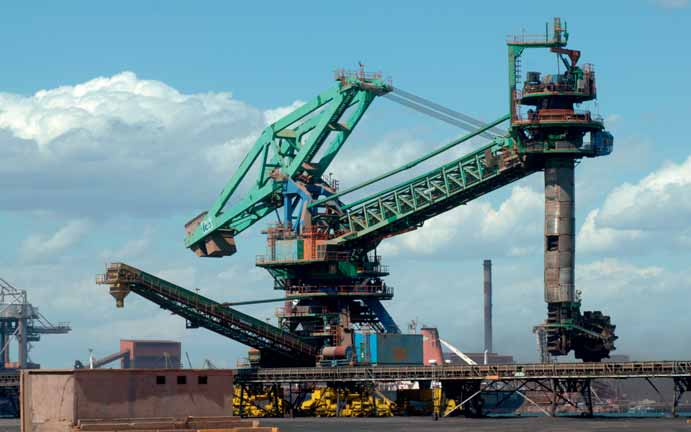
Traffic to the end of March at major French port Marseilles Fos saw major rises in dry bulk, container and cruise passenger volumes, but total cargo throughput fell 6% to 18.8mt (million tonnes) — down by 1.2mt on the first quarter last year — due to declining oil trades in a changing market.
General cargo improved 1% to 4.3mt, led by 2.8mt in container tonnage. In unit terms, box traffic rose 9% to 287,929 TEU, with monthly throughput hitting a landmark 100,000 TEU in both February and March. The performance was boosted by two new services, a Fos-Spain/Italy feeder and a direct line between Marseilles and Libya. These helped to stabilize container volumes at Marseilles and drive an 11% increase at the Fos terminals. Elsewhere in the general cargo sector, conventional trades dipped 1% to 0.7mt and ro-ro fell 10% to 0.8mt after industrial disputes at two operators in January.
Dry bulk traffic climbed 19% to 3.6mt, restoring pre-economic crisis levels. Backed by rising coal imports, the main increase stemmed from steel industry demand for ore imports, which grew 23% to some 2.5mt. However, agro-bulks were down 8% on 0.26mt after falling grain prices weakened barley and corn exports.
Meanwhile the oil-led liquid bulks sector slumped 14% to 10.9mt. Crude oil and petroleum products totalled 10.1mt, down by 1.8mt and 16% on the first three months last year. With refining margins collapsing at three local plants, crude imports for national refineries were 21% worse on 5.1mt, while crude volumes for South European Pipeline delivery fell 19% to 0.54mt. Refined products dropped 2% to some 2.9mt, while LNG finished 27% worse on 0.97mt and LPG was 9% down at 0.6mt. In contrast, liquid chemicals and agro-products improved 17% to 0.9mt thanks to biofuel exports and a 70% increase in caustic soda exports from the Kem One plant in Lavera, which was saved from closure last December and is now about to be modernized.
Passenger throughput rose 18% to 315,000 on the back of soaring cruise numbers. While ferry carryings fell 25% to 117,000, cruise passengers were up 79% to 198,000 – an increase of 87,000 on Q1 last year that confirms the cruise sector now commands a year-round season.